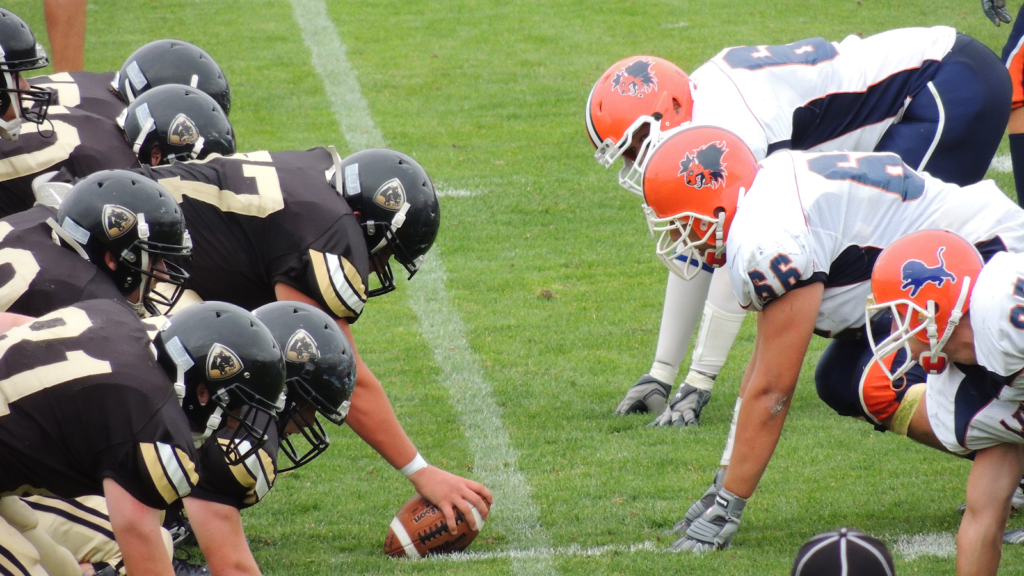Rather often you may see that American football and rugby are compared, and they indeed have many similarities. For example, two teams, one ball, lots of running, and physical strength. However, there is more than that. American football originated from rugby football in England, in the 19th century. British military and colonists in Canada brought the game to North America where it became extremely popular among school and university students.
At first, American and rugby football weren’t that different and before each game, the teams would negotiate the rules. But with time separate rugby leagues and American football leagues appeared, which gave birth to two sports types. Nowadays, rugby and American football are extremely popular across the world. Rugby was introduced to New Zealanders in 1870 and since then has become one of the most demanded sports in the country.
There is even no need to become a player or even attend stadiums. You can watch games on the Internet, visit certified online sportsbooks checked by the team of CasinoHex experts or try out football and rugby-themed slot machines. To give you a deeper understanding of these two sport types, we decided to compare them and tell you about our findings.
General definition
American football is a game where two teams (with 11 players each) compete against each other and the winning team is the one that scores more points. These points are obtained by moving the ball to the competitor’s end zone. Rugby, on the other hand, is a blend of American football, basketball, and soccer. Each team consists of 15 players and they compete on a rectangular field. The goal is to kick the ball through the upper part of the goal post or to run with a ball across the competitor’s goal line.
The geography of these games is rather diverse. American football is mainly played in the US and Canada, while rugby – worldwide.
The main differences
For your maximum convenience, we will break the comparison into different categories:
Ball. American football ball has a prolate shape which is around 11 x 22 inches in size and weighs 0.9 lbs. Rugby has a ball of the same shape but it is a bit bigger in circumference. Plus, it weighs a bit more than 1 lb.
Numbers of referees. There are 3 to 6 referees in American football and 4 referees (including a television match official) in rugby.
Field. The length of an American football field is 120 yards of playing area and two 10-yard end zones. Its width is 53 yards. The rugby field is 130 yards long (with included goal area). Its width is 76 yards plus there is a 21-yard try zone.
Time frames. American football lasts for 60 minutes which are divided into four 15-minute quarters. There is a half-hour break after the second quarter. Rugby consists of two halves each of which is 40 minutes long. There is a ten-minute break in-between.
Main league. There is a National Football League or NFL in America and New Zealand Rugby League in NZ. Current champions – Kansas City Chiefs (American football) and All Blacks (NZ rugby).
Main tournament. NFL playoffs and Mitre 10 Cup
Protective ammunition. American football players should wear helmets, protectors for the chest and shoulders, mouthguards, and padding for legs. Rugby players should only wear light padding on shoulders, collarbone, and heads. The only requirement is a mouthguard.
Strategy. American football is all about specific strategies and previously selected moves. Rugby, on the other hand, is more spontaneous and doesn’t have strict strategies.
Rules. American football has an unlimited number of substitutions and every team has three time-outs during each half. The game starts with a kickoff. The receiving player has two options: to run with a ball or to pass it. Within 4 downs every team has to move the ball 10 yards or further. If not, the move is passed to the second team.
Rugby allows up to 8 substitutes and the team consists of forwards and backs. The forward’s goal is to win the ball possession and usually, they are stronger and larger. Backs are faster and smaller. The player can either run with the ball, pass or kick it. The only allowed contacts with opponents are rucks, lineouts, scrummages, and tackles.

